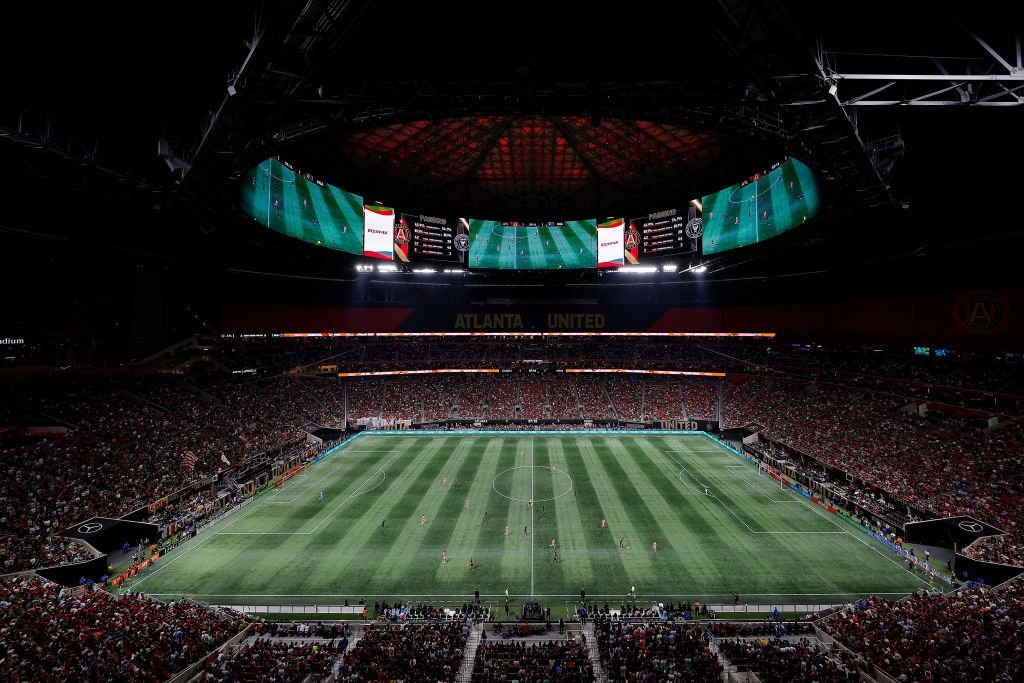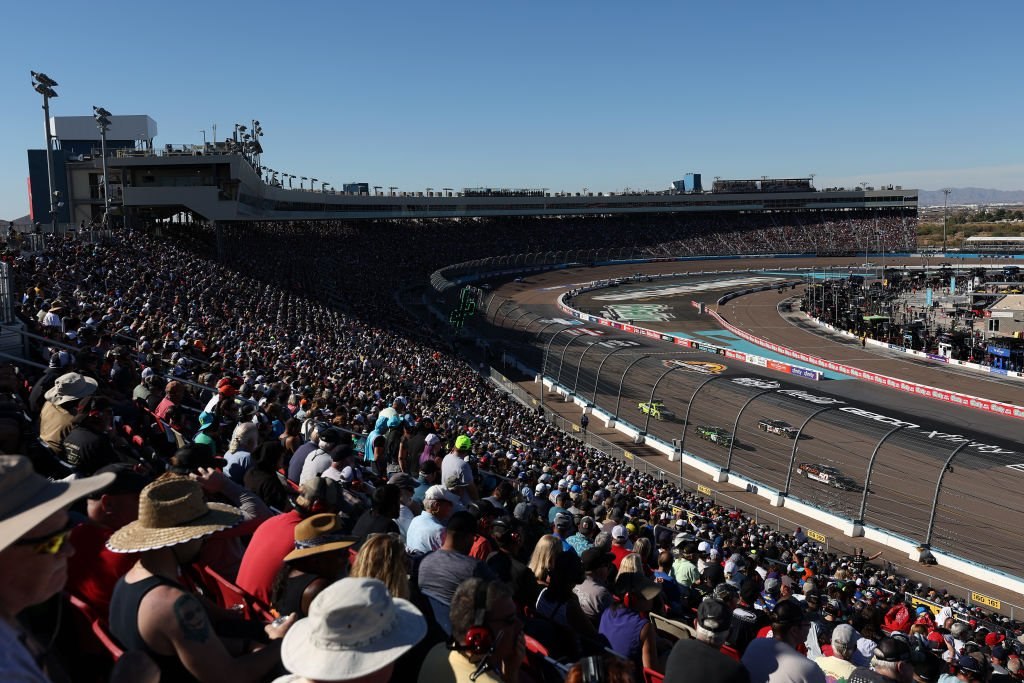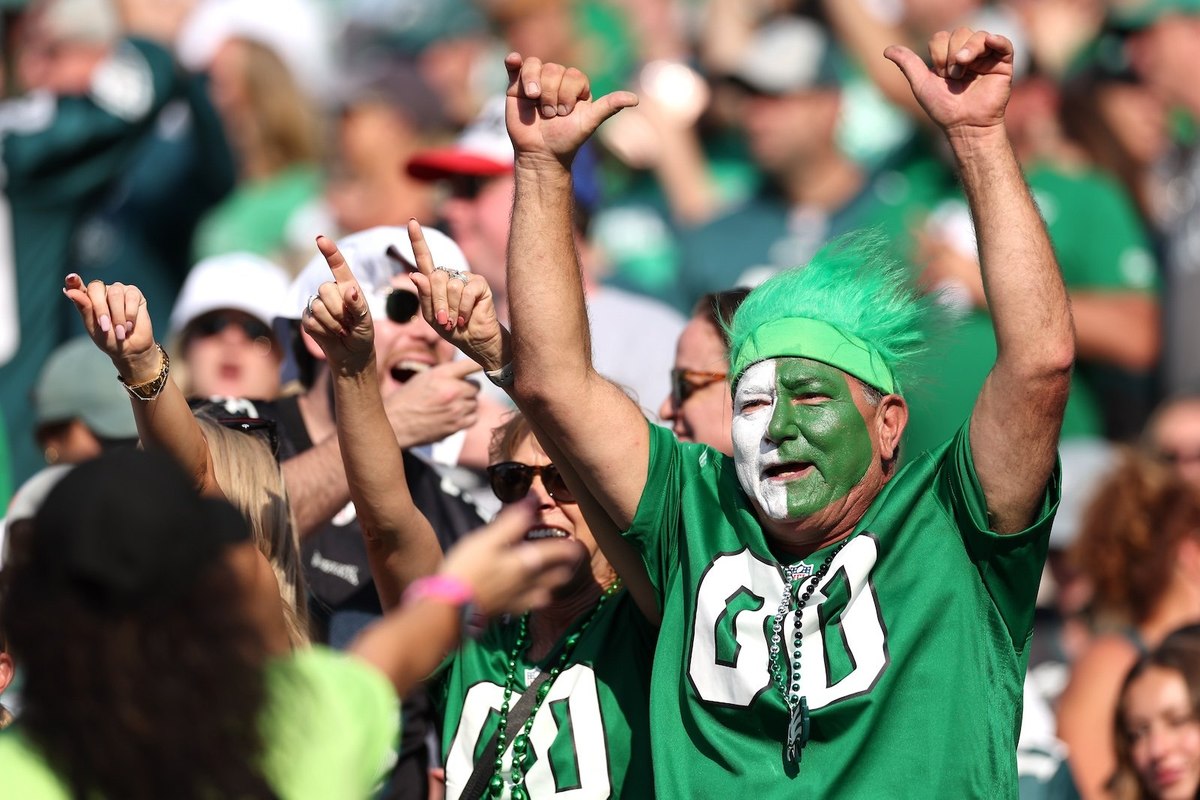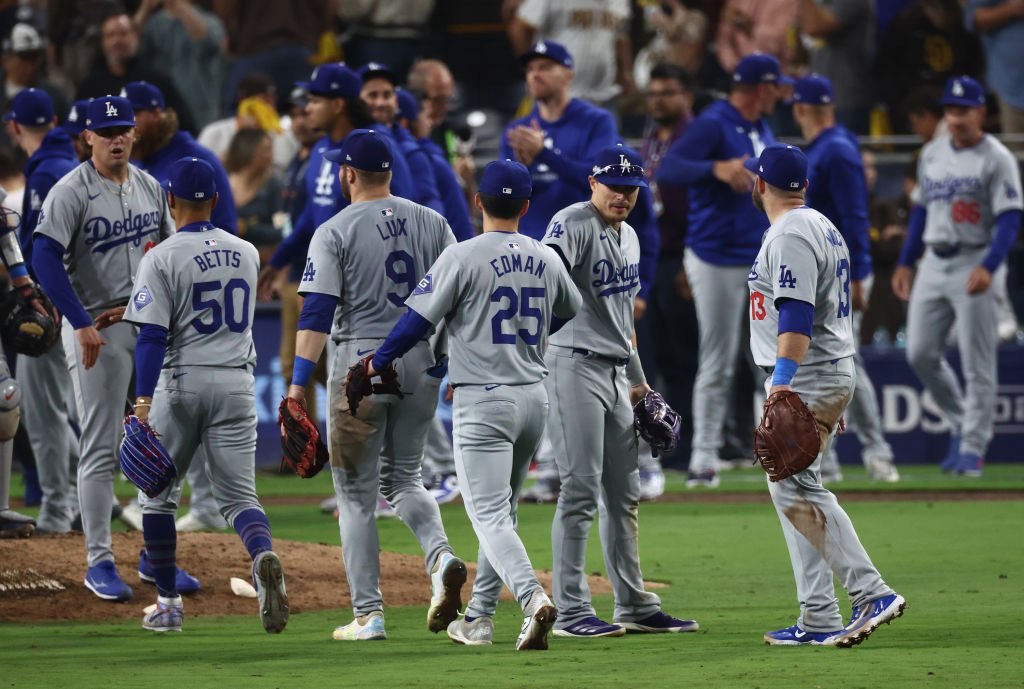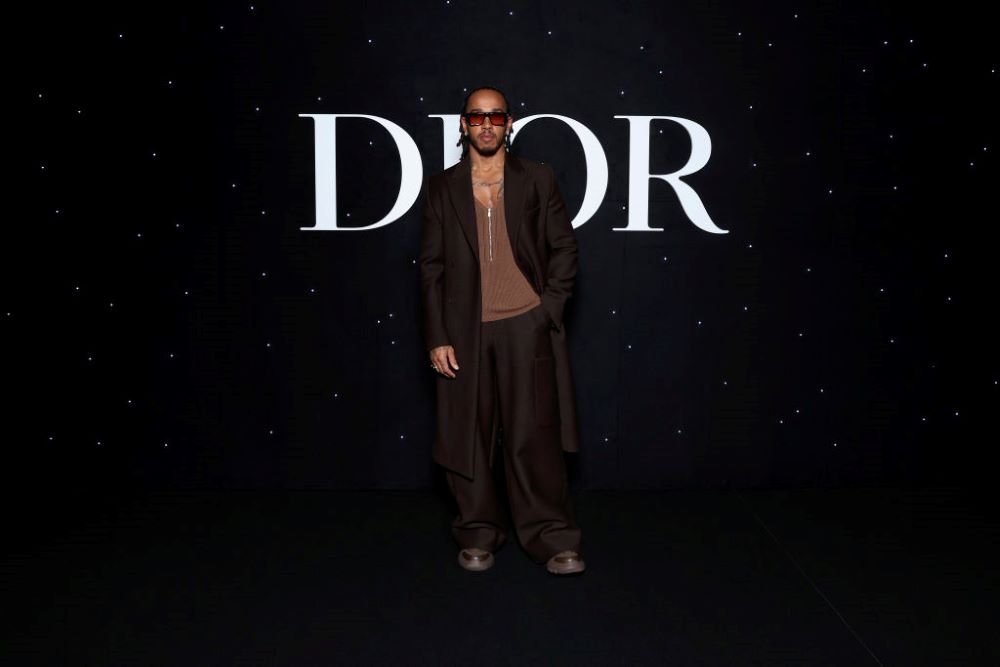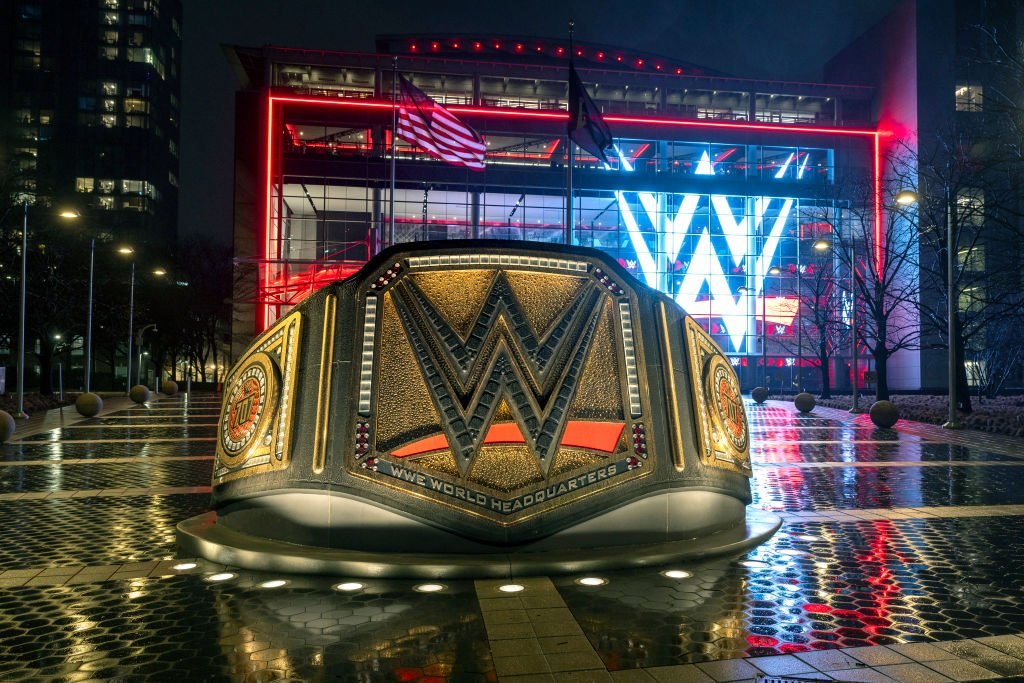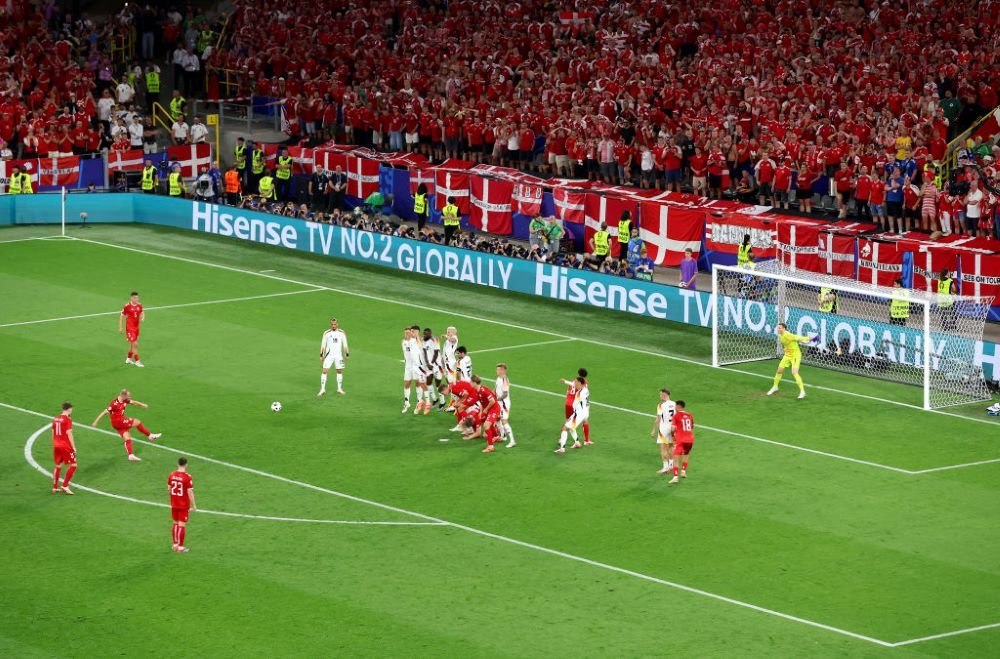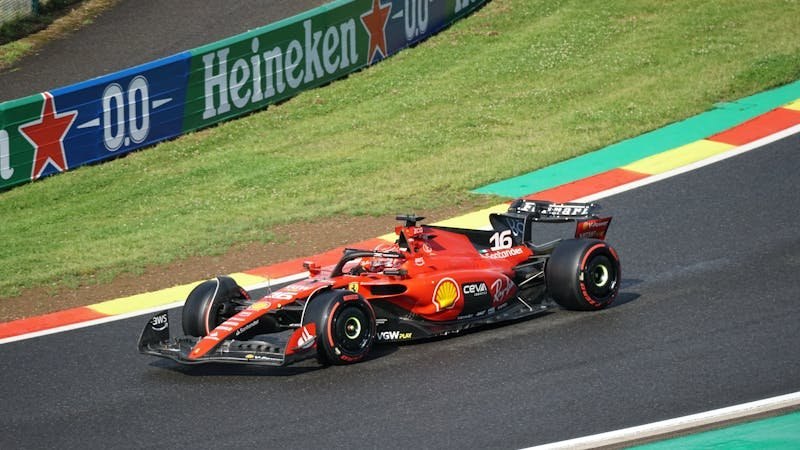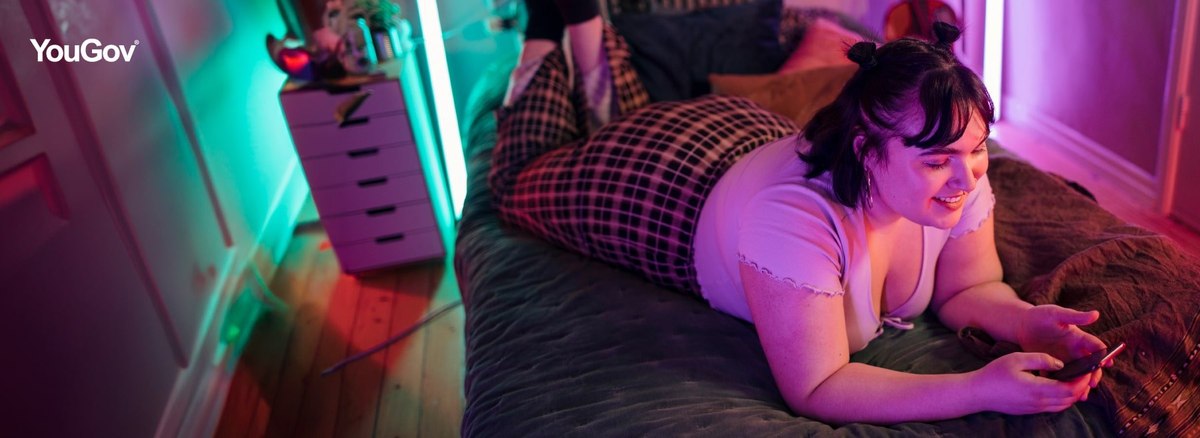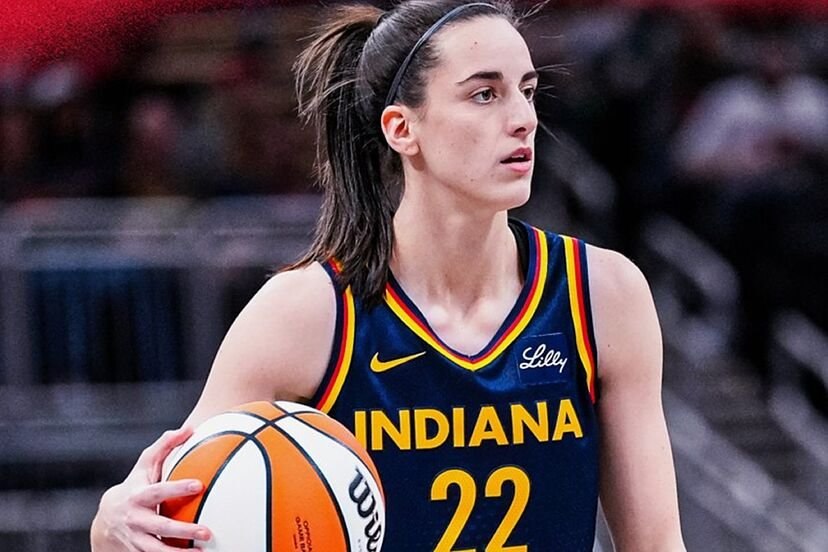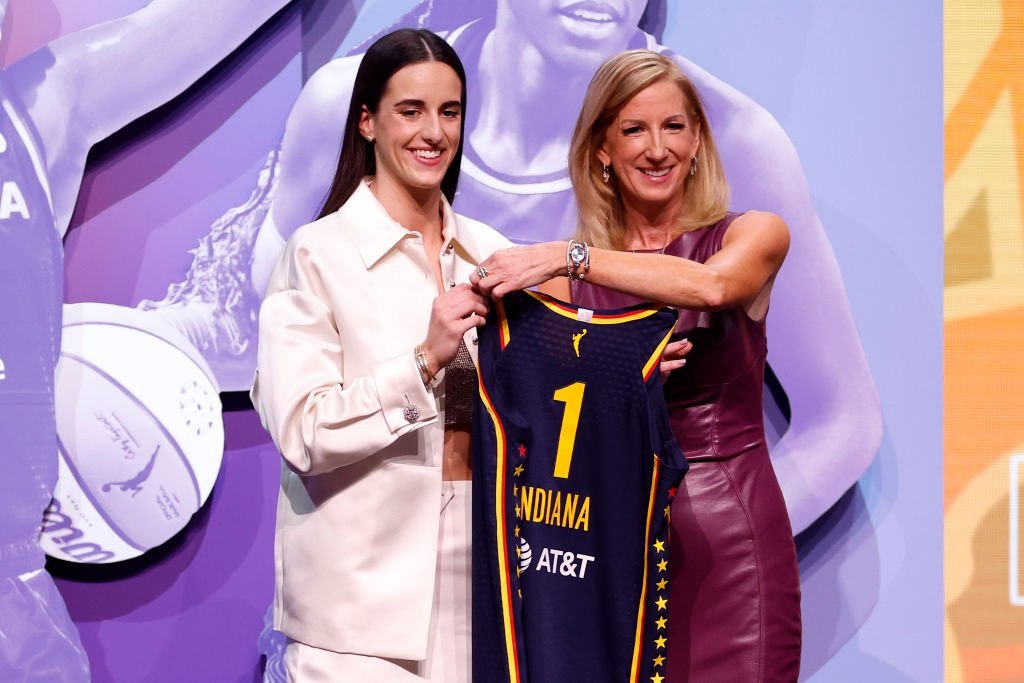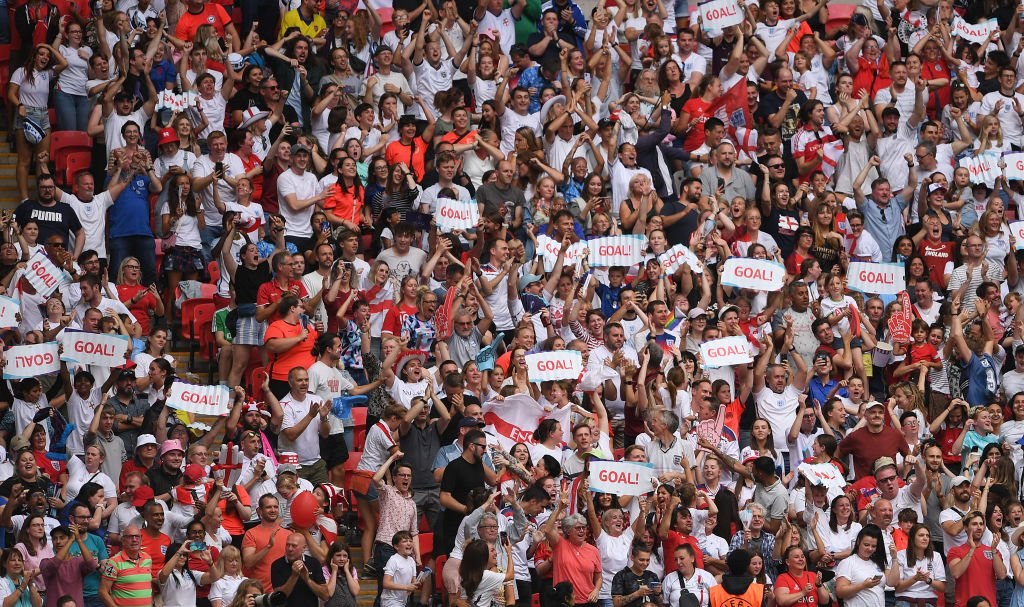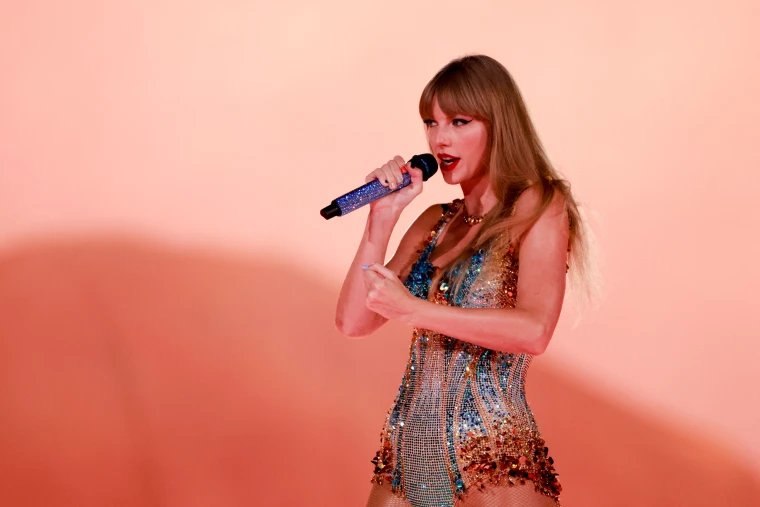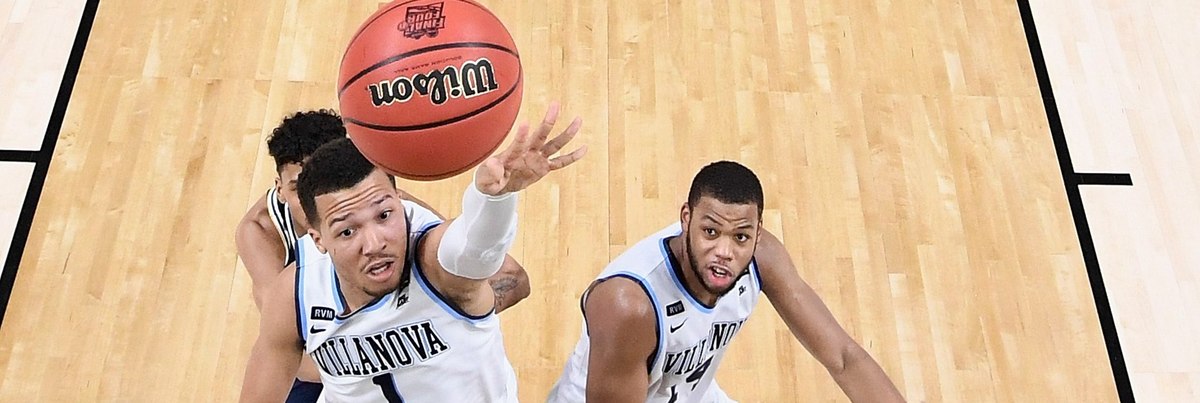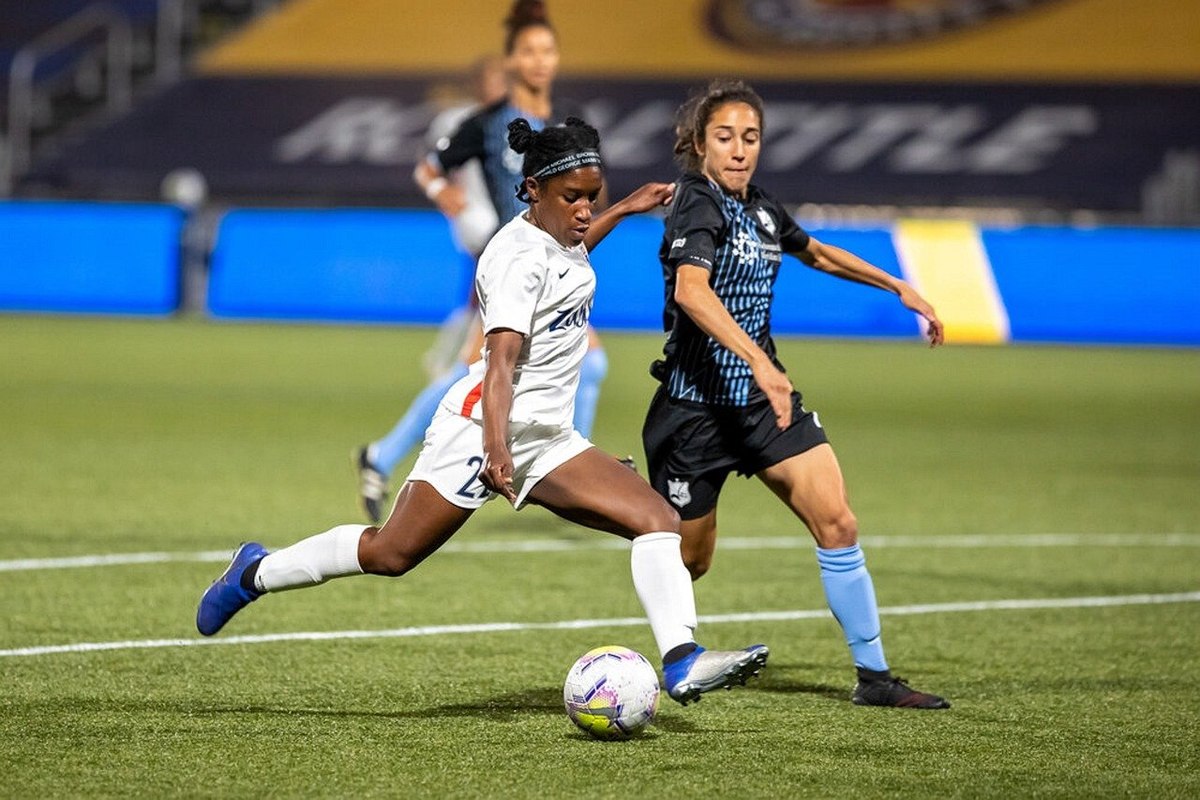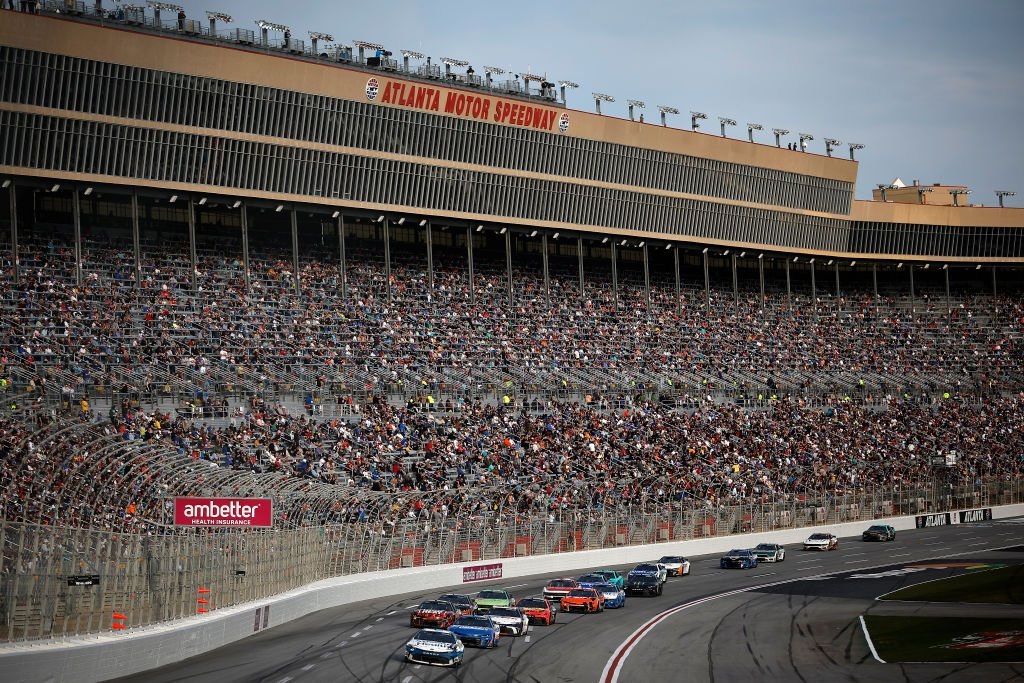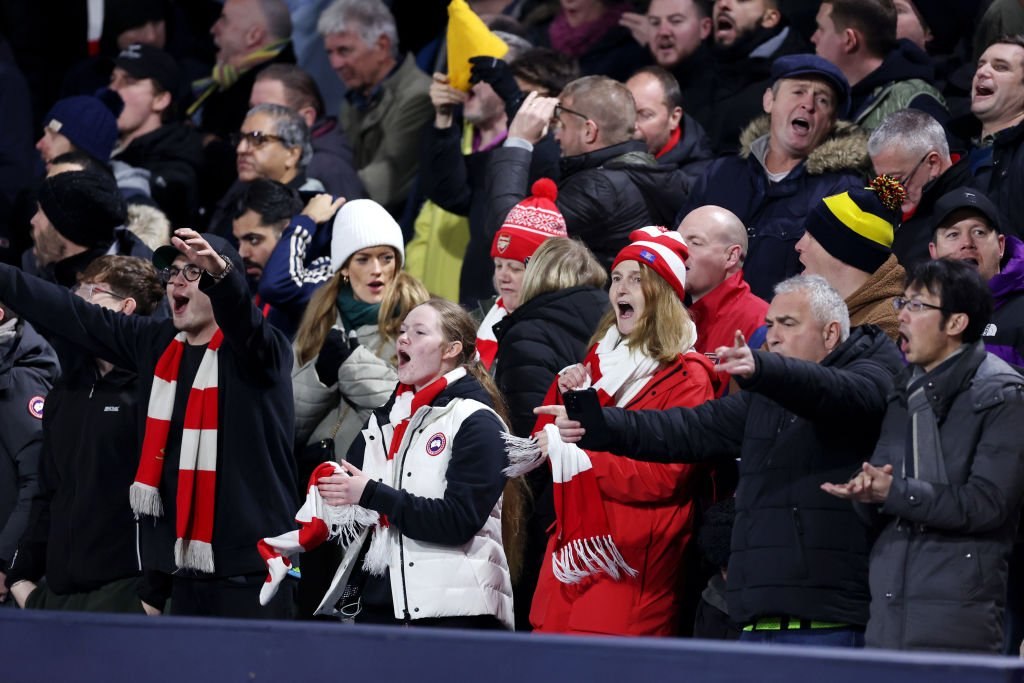
Mind the gap - Do younger Brits like the same football clubs as older fans?
The Premier League (and football overall) is one of the few sporting properties that enjoys almost or nearly as much support from young Britons as older ones. Britons aged 18-34 are as likely as the overall population to say they are either somewhat interested in the Premier League or that it is one of their top interests (36%). But do young Britons also like and support the same clubs as their older counterparts?
Among these young Premier League fans, Manchester United is the most commonly supported side with 15% of them indicating so. The Red Devils are also the most popular among older audiences although with a lower share (13%).
The most significant relative gain for a club among the 18-29 segment of British Premier League fans is logged by Chelsea. The Blues are the favourite club of more than a tenth of them (11%), which is twice their popularity compared to among those aged 30 or over (5%). Arsenal too enjoys significantly higher popularity among younger audiences (11% vs 7%). Manchester City too seems to be capturing a bigger share of the younger football fans’ attention (5% vs 3%). Liverpool stands in contrast, enjoying higher popularity among older fans (12%) compared to the younger segment (9%).
But this is just one part of the story - looking exclusively at the clubs that fans support the most, which limits their choice to one. But YouGov BrandIndex also delivers insight into the clubs that Britons find likeable, whether or not they support them.
Looking at all 18-29-year-olds (rather than just Premier League fans), Liverpool tops the list with 21% of them saying they find the club likeable. Arsenal (19%), Manchester United (19%), Manchester City (16%), Brighton and Hove Albion (12%) also make it into the top five.
Looking at these two slices of data can help clubs understand growth potential of their supporter base among the younger consumers in Britain. Liverpool, for instance, can think about ways to translate the high likability quotient into new potential supporters either by gaining share from other clubs or by growing the overall share by attracting new Premier League fans altogether (which is why the second chart looks at general audience numbers and not just Premier League fans). For a side like Newcastle United, it might be worth exploring the reasons for the relative decline in likeablity among younger fans.
Explore our living data – for free
Discover more sports content here
Want to run your own research? Run a survey now
Make smarter business decisions with better intelligence. Understand exactly what your audience is thinking by leveraging our panel of 20 million+ members. Speak with us today.
